With experience in raising frogs, Mr. Phuoc, a farmer in Song Mai commune, Bac Giang city (Bac Giang province) said that disease prevention must be done regularly, healthy frogs will not lose their heads. The model of raising frogs in cages will be convenient for the frog care process, helping farmers reduce costs compared to raising them in cement tanks...
Currently, there are two forms of frog farming that both bring economic efficiency. However, the model of raising frogs in cages will be convenient for the frog care process, helping farmers reduce costs compared to raising in cement tanks and increase economic value on the same land area.
Frog farmers only need to use biological products throughout the farming process to contribute to protecting the environment and creating safe products.
With 7 years of experience in frog farming, Mr. Nguyen Duy Phuoc, Phuc Ha village, Song Mai commune, Bac Giang city (Bac Giang province) said, "In the process of raising frogs, we must regularly prevent diseases, healthy frogs will not lose their heads. To proactively breed frogs, after the season, farmers choose large frogs that meet the standards to be parent frogs. When the weather warms up, we let the frogs lay eggs, the rate of mother frogs laying eggs is almost 100%".
Every year, Mr. Nguyen Duy Phuoc's family raises two crops of frogs. The first crop starts in May and lasts until around the end of July.
The frog crop lasts until the end of September, before winter comes. Each frog crop, Mr. Phuoc raises about 20,000-30,000 commercial frogs.
With the price of commercial frogs sold at the beginning of the season at 55,000 VND/kg, after deducting all expenses, Mr. Nguyen Duy Phuoc still makes a profit of about 60-80 million VND.
In addition, combined with frog farming, Mr. Phuoc's family has additional income from catfish. Raising frogs combined with catfish is a symbiosis with great benefits.
With this "intercropping" method, the catfish in the pond will utilize the excess food and waste of the frogs, contributing to reducing the cost of using industrial feed.

A corner of the frog farming area in a net cage at the aquaculture farm of Mr. Nguyen Duy Phuoc, a farmer in Phuc Ha village, Song Mai commune, Bac Giang city (Bac Giang province). Underneath the frog net cage, Mr. Phuoc also raises catfish, which will eat the frogs' leftover food.
Along with income from frogs, the model also provides income from raising catfish in the pond, thereby increasing economic efficiency on the same unit area. Raising frogs and catfish in the same pond area does not affect the growth and development of both species.
However, this cost-saving "intercropping" livestock farming model in Bac Giang has not been strongly developed.
According to some people, they have not been proactive in providing breeding stock (frog and catfish), have not grasped the techniques of raising frogs and catfish, so during the process of raising frogs, they often get sick, leading to loss of stock and low efficiency.
Ms. Pham Thi Nguyet Tam - Department of Animal Husbandry and Aquaculture Extension (Agricultural Extension Center of Bac Giang province) shared that to bring high economic efficiency in raising frogs in cages, farmers should prepare the pond before releasing the frogs.
Specifically, it is necessary to fully prepare steps such as draining water, pumping mud, using lime to clean the pond, collecting water, and treating water before releasing frog breeds.
In particular, farmers need to pay attention when using lime to clean ponds, they should use a lot of lime in the position where the cages were hung in the previous crop. Because, in the previous crop, frog waste accumulated in the position where the cages were placed, the decomposition process created a lot of toxic gases that accumulated under a thick layer of mud. Therefore, the pathogens that caused diseases for frogs in the previous crop that remained are the pathogens that cause diseases in the next crop.
Frog farmers in cages need to use a lot of lime to effectively clean the pond.
During the first month of frog farming, households should prepare cages with lids to reduce the loss rate caused by pests.
According to Ms. Tam's assessment, currently pond preparation has not been carried out according to the correct procedure, leading to pollution during the farming process, frogs are susceptible to disease, and the survival rate is low.
Farmers are advised to prepare their ponds well, such as sprinkling lime, drying the ponds, and treating the water. Next, they should choose healthy, uniform, disease-free breeds; farmers should buy breeds from facilities that are qualified to produce breeds and are licensed by state agencies.
When releasing frogs, release them when the weather is cool, not when it is sunny, as this can easily lead to heat shock, affecting the survival rate.
Please note, the frog breeding season is from April to September. Before raising, you should bathe the frogs in 3% salt water. Choose 45-day-old frogs, uniform size from 3-6cm, healthy, dark color, disease-free, and deformed.
In addition, the frog stocking density is from 40-60 frogs/m2, or from 80-100 frogs/m2 depending on the level of farming. Frogs' food is mainly processed industrial food, with a protein content of less than 3%; the daily food ration is equal to 8-10% of the frog's weight in the pond. In the first month, feed 3-4 times a day, when they grow up, feed twice a day in the morning and afternoon.
To raise frogs in cages with high economic efficiency, according to Ms. Pham Thi Nguyet Tam, farmers should periodically use digestive enzymes and vitamin C mixed into frog food; periodically use biological products to treat the water environment in the pond.
Every two weeks, households determine the frogs' mass and weight to calculate the most suitable food ration for the frogs. In the first month of raising, households divide the herds to ensure uniformity and avoid the phenomenon of large frogs biting small frogs.
Farmers should follow the correct farming process and not use antibiotics to prevent diseases in frogs. Because using antibiotics to prevent diseases in frogs can easily lead to drug resistance; if the frogs are already sick, using antibiotics will no longer be effective.
Note, during the frog farming season, farmers should use digestive enzymes and vitamin C supplements in frog food, and at the same time use probiotics to treat pond water. About every two weeks, weigh the frogs to assess the average weight of the whole herd as a basis for calculating a reasonable diet and care.
Keep the water level in the frog cage from 10-30cm. If there are conditions for shade and watering in sunny weather, the water level only needs to be kept 1/2 - 2/3 of the frog's body.
Farmers regularly observe water quality and promptly change water when necessary during the frog farming process, especially in the first month, it is necessary to separate large and small frogs into separate cages for easy care to avoid the phenomenon of them dividing into herds, large frogs biting small frogs causing loss in quantity.
In recent years, the model of raising frogs in cages combined with raising catfish and tilapia is a fairly new model that brings high economic efficiency, not only that, it also diversifies the form of freshwater aquaculture.
The combined farming model is easy to implement, has high profits and has a quick turnaround time, suitable for families with small land areas. Raising frogs in cages combined with raising fish will reduce water pollution. Taking advantage of the frogs' excess food to make food for fish.
Raising commercial frogs is not difficult but also has many risks. The important thing is that the breeder must master the techniques and be observant, know the biological characteristics and how to detect and prevent some common frog diseases such as foot ulcers, digestive tract, eye edema, liver pus, etc.
Therefore, farmers should regularly check and monitor the growth of frogs, avoid polluting the water in the pond, increase minerals, resistance and balance the amount of food appropriately, avoid waste and environmental pollution.
Source: https://danviet.vn/ech-dong-con-dong-vat-dac-san-nay-nuoi-long-o-ao-voi-ca-tre-dan-bac-giang-ban-55000-dong-kg-20241027184439725.htm


![[Photo] General Secretary To Lam arrives in Minsk, begins state visit to Belarus](https://vphoto.vietnam.vn/thumb/1200x675/vietnam/resource/IMAGE/2025/5/11/76602f587468437f8b5b7104495f444d)
![[Photo] General Secretary To Lam meets and expresses gratitude to Vietnam's Belarusian friends](https://vphoto.vietnam.vn/thumb/1200x675/vietnam/resource/IMAGE/2025/5/11/c515ee2054c54a87aa8a7cb520f2fa6e)


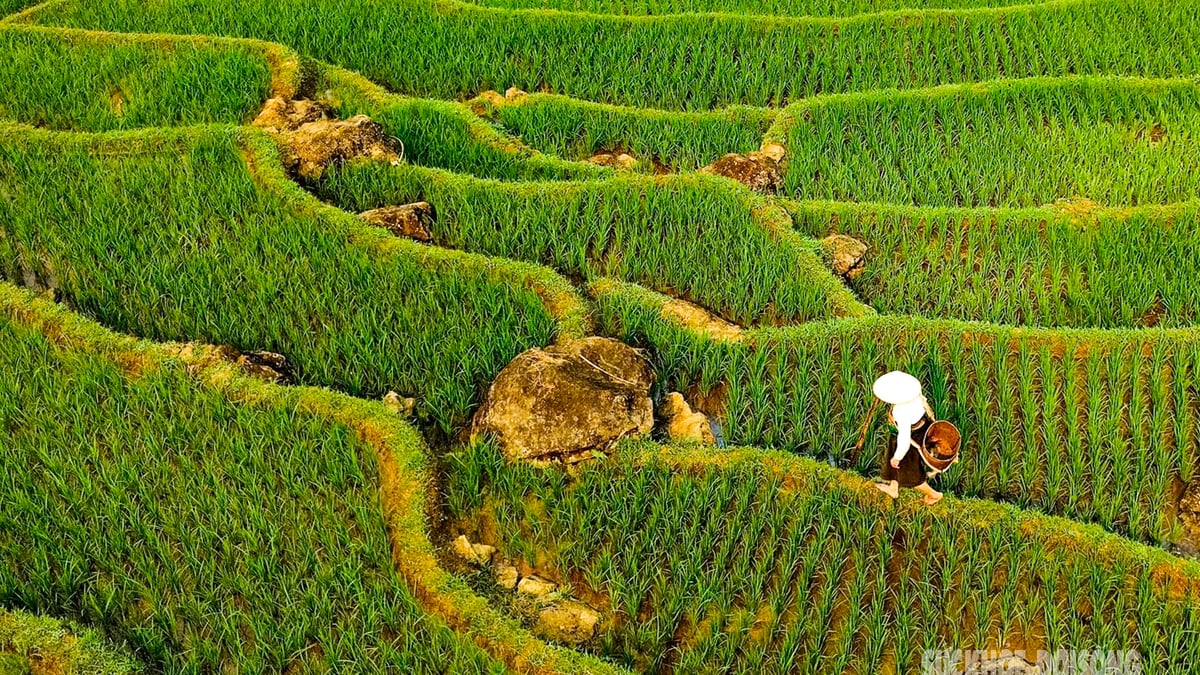
![[Photo] General Secretary To Lam concludes visit to Russia, departs for Belarus](https://vphoto.vietnam.vn/thumb/1200x675/vietnam/resource/IMAGE/2025/5/11/0acf1081a95e4b1d9886c67fdafd95ed)
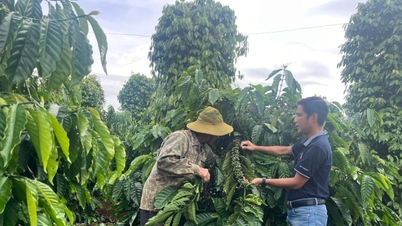

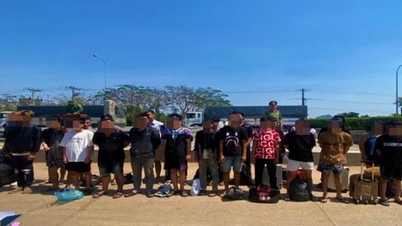

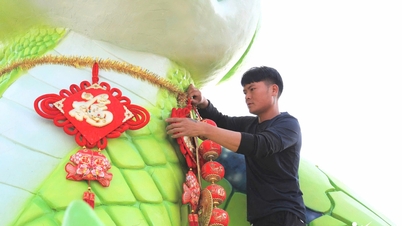







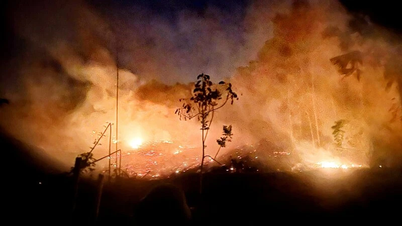

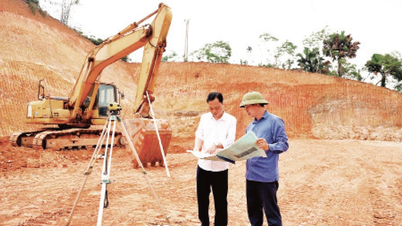
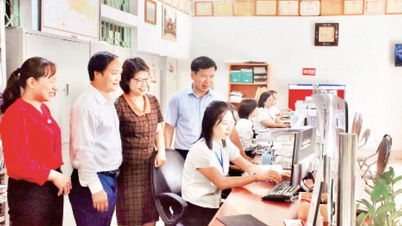
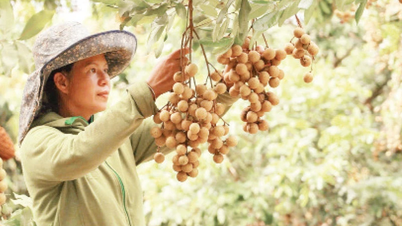
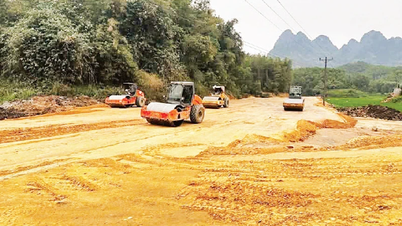








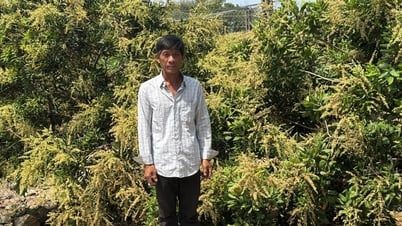


![[Photo] National Assembly Chairman Tran Thanh Man attends the Party Congress of the Committee for Culture and Social Affairs](https://vphoto.vietnam.vn/thumb/1200x675/vietnam/resource/IMAGE/2025/5/11/f5ed02beb9404bca998a08b34ef255a6)




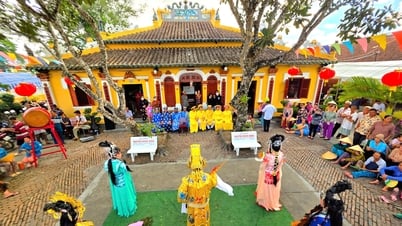
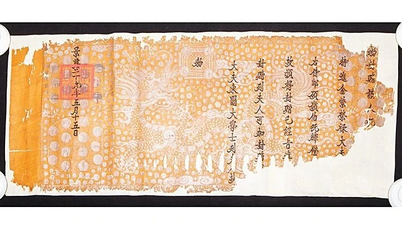











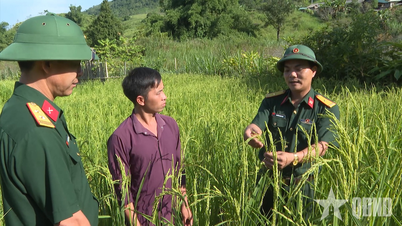


























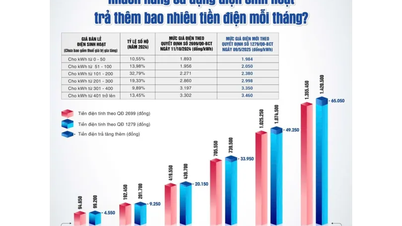






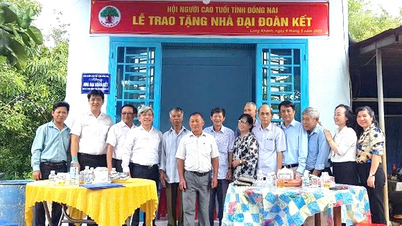


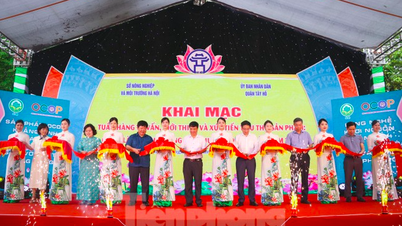
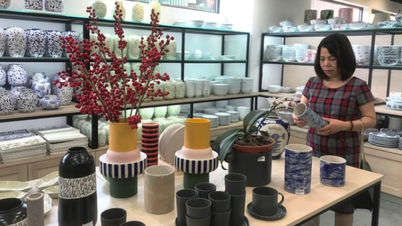
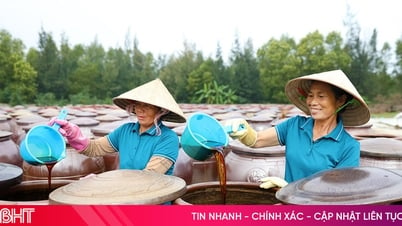




Comment (0)